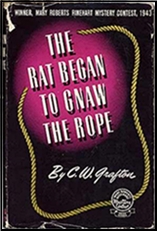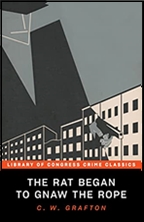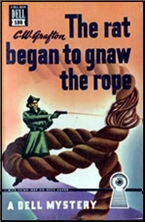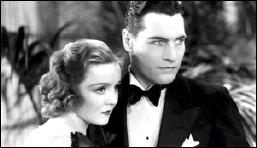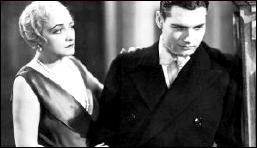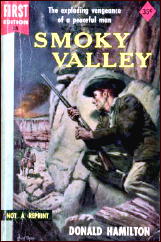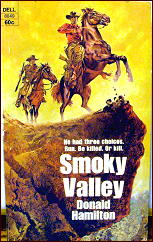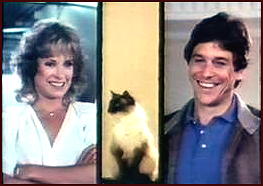Tue 4 Jan 2011
Reviewed by Walter Albert: Two Short Silents from the 1920s.
Posted by Steve under Films: Drama/Romance , Reviews , Silent films[2] Comments

â— PAMPERED YOUTH. Vitagraph, 1924. Alice Calhoun, Cullen Landis, Wallace MacDonald, Ben Alexander. Director: David Smith. Both this and the film below were shown at Cinefest 28, Syracuse NY, March 2008.
This is a real curiosity, a two-reel condensation of a seven-reel adaption of Booth Tarkington’s The Magnificent Ambersons. William K. Everson notes that it is a “16mm blow-up from a badly battered 9.5mm print that Kevin Brownlow rescued from a market-place in France during the 1960s.”
The condensation preserves the outlines of the decline and fall of the Ambersons, climaxing in a spectacularly staged fire sequence that reunites the remaining impecunious Ambersons (Isabel and her son George) with the successful suitor she once spurned, Eugene Minafer, also clearing the way for the marriage of George to Eugene’s daughter Lucy.
â— DAYDREAMS. Angle Pictures, London, 1928. Elsa Lanchester, Charles Laughton, Harold Warrender, Dorice Fordred , Marie Wright. Based on a short story by H. G. Wells. 25min. Director: Ivor Montagu.
A strikingly designed, delightful short film in which a housemaid (Lanchester) fantasizes about a rich marriage followed by a series of adventures in which Laughton figures importantly as a lascivious villain, all of it resolved when Lanchester, awakening from her day-dreams, walks away from her mundane job.
[UPDATE] 09-18-11. Thanks to a comment left by Mike White, Walter’s review of Pampered Youth has been amended to correctly identify Eugene Minafer’s daughter. Her name was Lucy, not Fanny. Thanks, Mike!
(Mike was the long time editor and publisher of Cashiers du Cinemart. You might wish to visit his website at http://www.impossiblefunky.com.)

